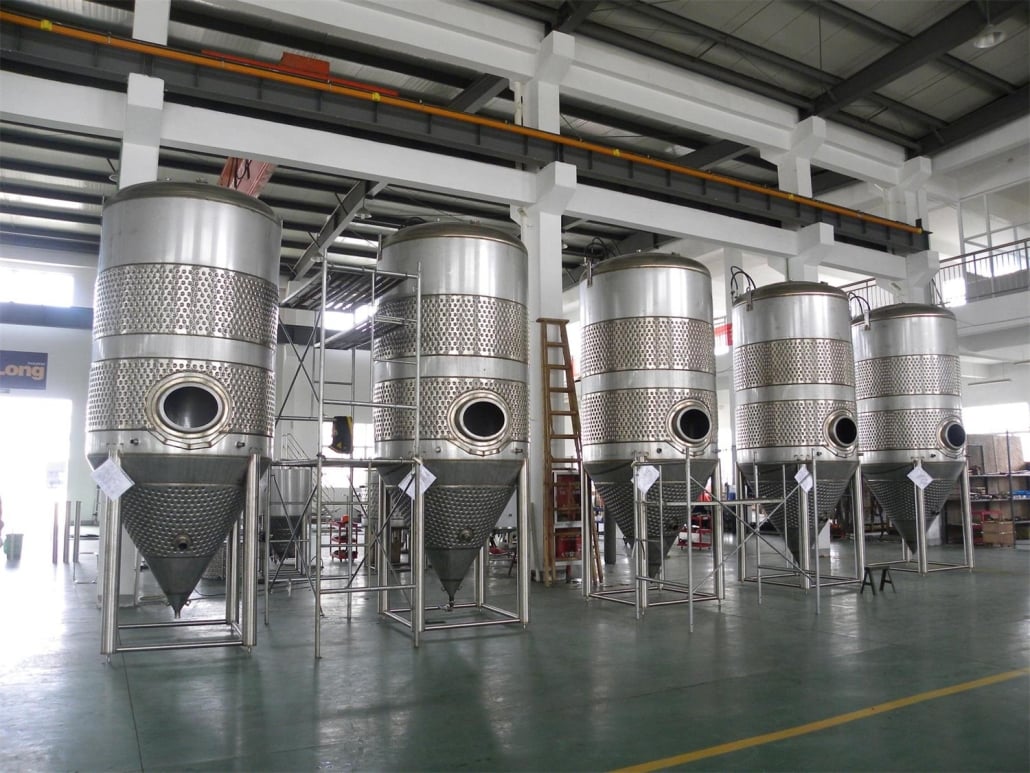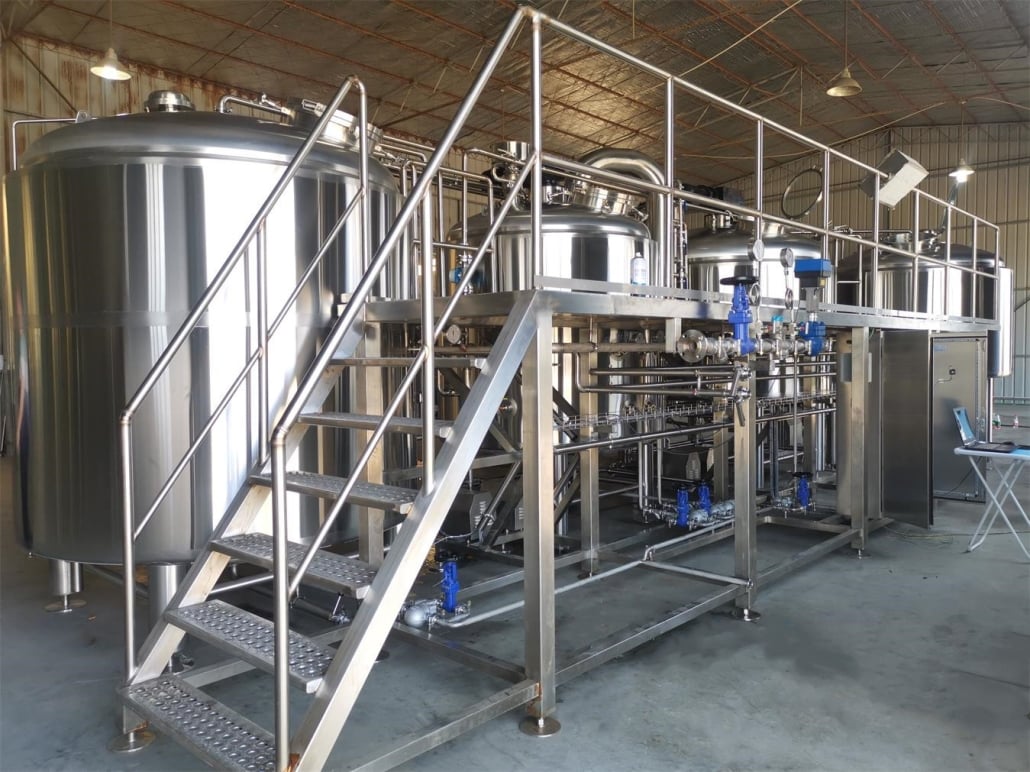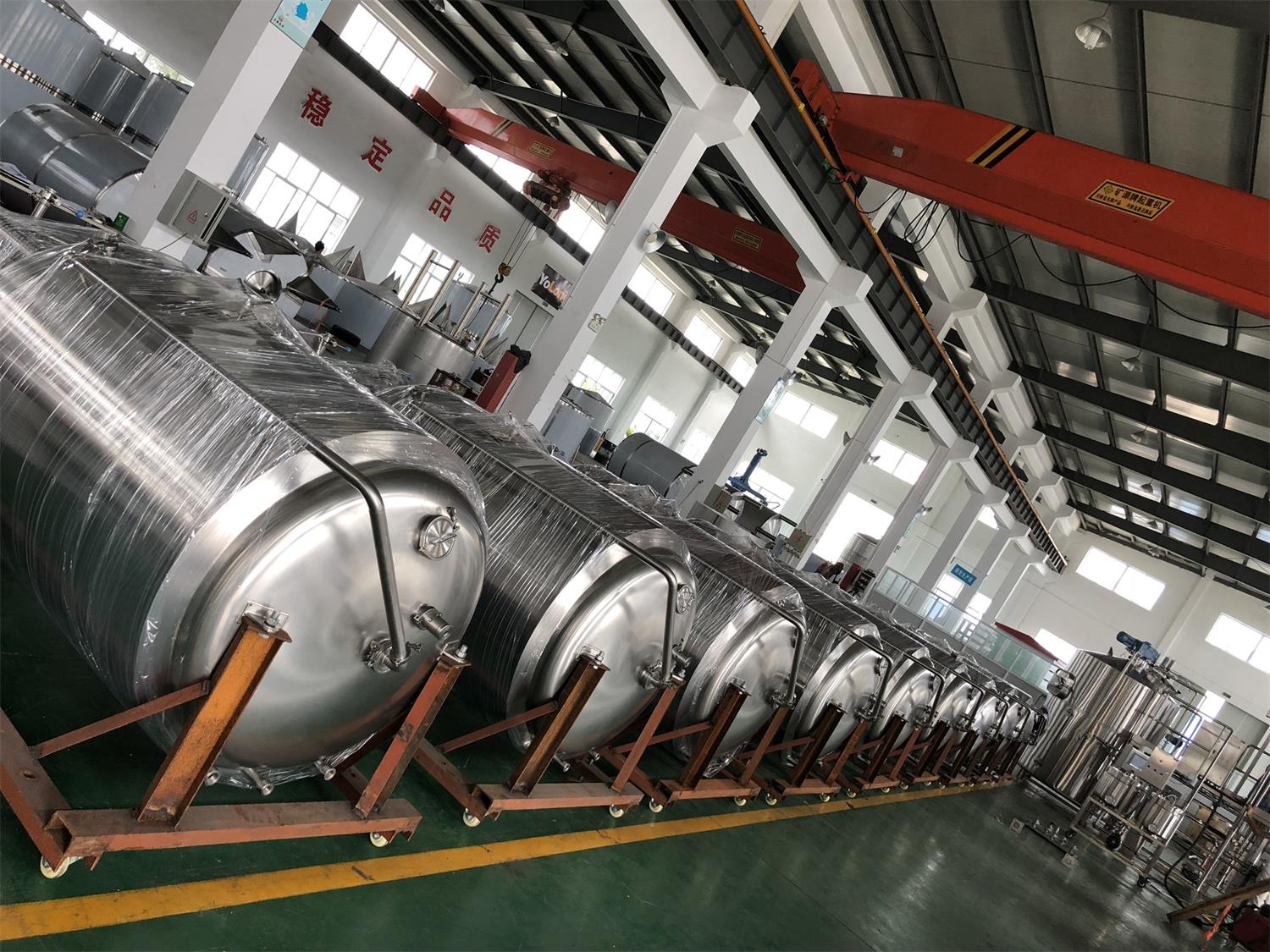Guide of Starting a Microbrewery
Starting a microbrewery is an exciting venture filled with opportunities for creativity, community engagement, and financial reward. But, like any business, it requires careful planning, knowledge of the industry, and a passion for the craft. In this comprehensive guide, we’ll delve into everything you need to know to start your own microbrewery, from initial planning to brewing your first batch of beer. We’ll cover equipment needs, brewing processes, space requirements, supplier options, and much more.
Overview of Starting a Microbrewery
Starting a microbrewery involves more than just a love for beer; it requires a strategic business plan, understanding the brewing process, and a solid grasp of the legal and financial aspects involved. Here, we provide an overview of the essential steps and considerations to help you get started on your microbrewery journey.
Key Steps to Start a Microbrewery
- Research and Planning: Understand the market, identify your niche, and develop a business plan.
- Legal Requirements: Obtain necessary licenses and permits.
- Location and Space: Choose a suitable location and design the layout.
- Equipment Purchase: Invest in quality brewing equipment.
- Recipe Development: Create and test beer recipes.
- Marketing and Sales: Develop a brand and marketing strategy.
- Brewing and Distribution: Brew your beer and set up distribution channels.
Initial Planning and Research
Before you dive into brewing, it’s crucial to conduct thorough research. This involves understanding the local market, identifying your target audience, and studying successful microbreweries. A well-thought-out business plan should outline your goals, target market, budget, and a timeline for achieving your objectives.

Equipment Guide for Microbrewery
Essential Brewing Equipment
Investing in the right brewing equipment is vital for the success of your microbrewery. Here’s a guide to the essential equipment you’ll need.
Brewing System Components:
- Mash Tun: For mixing the milled grains with water to extract sugars.
- Lauter Tun: Separates the wort (liquid) from the grain husks.
- Boil Kettle: For boiling the wort and adding hops.
- Fermenters: Vessels where the wort ferments and turns into beer.
- Brite Tanks: Used for conditioning and carbonating the beer before packaging.
- Pumps and Hoses: Essential for transferring liquids between equipment.
- Kegs and Bottles: For storing and distributing the finished beer.
Table: Types of Brewing Equipment
| Equipment Type | Description | Function | Material |
|---|---|---|---|
| Mash Tun | Vessel for mashing grains | Extracts fermentable sugars | Stainless Steel |
| Lauter Tun | Vessel for lautering | Separates wort from grain | Stainless Steel |
| Boil Kettle | Vessel for boiling wort | Adds hops, sterilizes wort | Stainless Steel |
| Fermenters | Vessels for fermentation | Ferments wort into beer | Stainless Steel |
| Brite Tanks | Conditioning tanks | Carbonates and clarifies beer | Stainless Steel |
| Kegs | Storage containers | Dispenses beer | Stainless Steel, Aluminum |
| Bottles | Packaging containers | Distributes beer | Glass, Plastic |
Brewing Process
Understanding the brewing process is fundamental to producing high-quality beer. Here’s a step-by-step breakdown of the brewing process.
Step-by-Step Brewing Process:
- Milling: Crushing the malted grains to extract fermentable sugars.
- Mashing: Mixing the milled grains with hot water in the mash tun to convert starches to sugars.
- Lautering: Separating the liquid wort from the grain husks in the lauter tun.
- Boiling: Boiling the wort in the boil kettle and adding hops for bitterness, flavor, and aroma.
- Cooling: Cooling the boiled wort to a temperature suitable for fermentation.
- Fermentation: Adding yeast to the cooled wort to ferment the sugars into alcohol and CO2.
- Conditioning: Allowing the beer to mature in brite tanks, where it clarifies and carbonates.
- Packaging: Transferring the finished beer into kegs or bottles for distribution.
Table: Brewing Capacity, Space, Design, Layout, Customization
| Parameter | Details |
|---|---|
| Brewing Capacity | Typically ranges from 1 barrel (31 gallons) to 30 barrels for microbreweries. |
| Space Requirements | Requires at least 1,000 sq. ft. for a small microbrewery; more space needed for higher production. |
| Design and Layout | Efficient workflow design is crucial; includes areas for brewing, fermentation, packaging, and storage. |
| Customization | Equipment can be customized for specific brewing needs and scales. |
Suppliers and Price Range
Choosing the right suppliers is crucial for getting quality equipment within your budget.
Table: Suppliers and Price Range
| Supplier | Equipment Provided | Price Range |
|---|---|---|
| BrewTech | Complete brewing systems, fermenters | $10,000 – $100,000+ |
| MoreBeer Pro | Brewing kettles, fermenters, pumps | $5,000 – $80,000+ |
| SS Brewtech | Fermenters, brite tanks, kegs | $2,000 – $50,000+ |
| Stout Tanks and Kettles | Custom brewing systems, accessories | $8,000 – $120,000+ |
| Portland Kettle Works | Turnkey brewing systems, tanks | $15,000 – $200,000+ |
Installation, Operation, Maintenance
Proper installation, operation, and maintenance of your brewing equipment are essential to ensure efficiency and longevity.
Table: Installation, Operation, Maintenance
| Aspect | Details |
|---|---|
| Installation | Requires professional setup; may involve plumbing, electrical, and ventilation work. |
| Operation | Training is essential for understanding equipment functionality and brewing process. |
| Maintenance | Regular cleaning and servicing to prevent contamination and ensure optimal performance. |
Choosing a Supplier
Selecting the right supplier involves several considerations, including quality, cost, and support services.
Table: How to Choose a Supplier
| Criteria | Considerations |
|---|---|
| Quality | Ensure the equipment meets industry standards and is durable. |
| Cost | Compare prices and ensure they fit within your budget. |
| Support Services | Look for suppliers that offer installation, training, and ongoing maintenance support. |
| Customization Options | Check if the supplier can customize equipment to your specific brewing needs. |
| Customer Reviews | Read reviews and testimonials to gauge customer satisfaction and supplier reliability. |
Advantages and Limitations of Different Equipment Types
Table: Equipment Comparison: Pros and Cons
| Equipment Type | Advantages | Limitations |
|---|---|---|
| Stainless Steel | Durable, easy to clean, and non-reactive with beer. | Higher initial cost. |
| Aluminum | Lightweight and less expensive. | Less durable, can react with acidic beer. |
| Glass | Does not affect beer flavor, easy to clean. | Fragile and can break easily. |
| Plastic | Lightweight and inexpensive. | Can absorb flavors and is less durable. |
Brewing Recipes and Experimentation
Creating unique and delicious beer recipes is one of the most exciting aspects of running a microbrewery. Experiment with different grains, hops, yeast strains, and adjuncts to develop your signature brews. Engage with your community to get feedback and refine your recipes.
Marketing and Brand Development
Building a strong brand is crucial for the success of your microbrewery. Develop a unique identity that resonates with your target audience. Use social media, events, and collaborations with local businesses to promote your brand. Remember, the story behind your brewery and your passion for brewing can be powerful marketing tools.
Sales and Distribution Channels
Establishing effective sales and distribution channels is essential to get your beer to consumers. Consider selling directly to customers through a taproom, participating in local farmers’ markets, or distributing to local bars and restaurants. Partnering with a distributor can also help expand your reach.

FAQ
| Question | Answer |
|---|---|
| What licenses do I need to start a microbrewery? | You’ll need federal and state licenses, such as a brewer’s notice from the TTB and local permits. |
| How much does it cost to start a microbrewery? | Startup costs can range from $100,000 to over $1 million, depending on the size and scope of the brewery. |
| How long does it take to brew beer? | The brewing process can take anywhere from two weeks to several months, depending on the beer style. |
| What’s the difference between a microbrewery and a nanobrewery? | Microbreweries produce up to 15,000 barrels per year, while nanobreweries produce less than 100 barrels. |
Share this entry
Interested in learning more about Brewing Systems including additional details and pricing information? Please use the form below to contact us!
YOLONG BREWERY EQUIPMENT FAQS
- Commercial Brewery / Craft Brewery / Microbrewery / Nanobrewery
- What is The Difference Between Craft Beer and Industrial Beer?
- The Bespoke Differences In Custom Brewing Systems
- Everything You Need to Know About Kettle Souring
- How to Choose Brewing Equipment for Your business?
- How To Choose The-Best Partner To Build Your Commercial Microbrewing System?
- Two Detection Sensors That You Need To Use In Your Brewhouse System
- Remote Control Applications in Brewing Equipment/How does it work?
- How To Clean Your Brand New Brewery Tanks?

